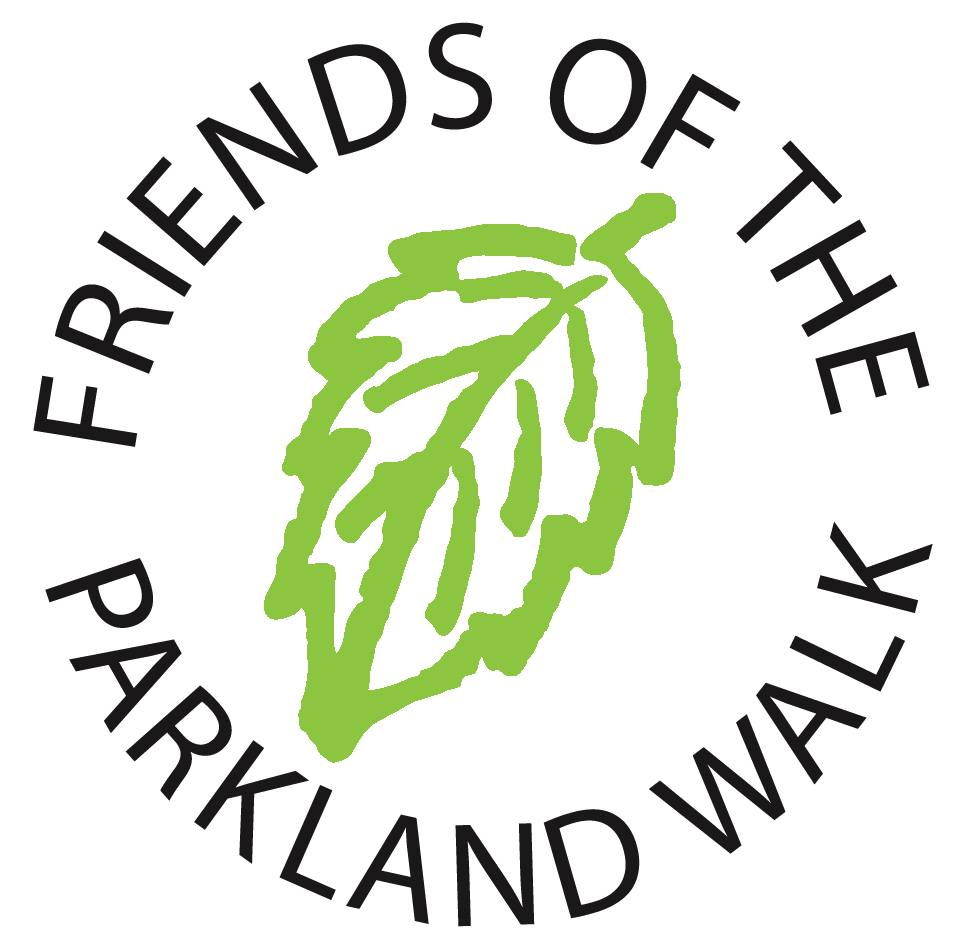Invasive plants are generally non-native in origin and their proclivity to be a nuisance is down to the reason that there is no disease, insect, or perhaps even mammal that will feed on them or naturally keep them in balance with our own native plants. That said, most non-native plants aren’t a major problem if they’re a problem at all.
The last flora survey in 2015 suggested that on balance there are now slightly more non-native species than native on Parkland Walk. Some of these plants will have escaped from gardens either accidentally or by being deliberately disposed of in the nature reserve. Other plants may have become naturalised in recent history, so although they are strictly speaking non-native, they have been present over many hundreds of years. The Romans introduced many plants to Britain.
Many other plants were introduced by the Victorians. One such plant is Japanese knotweed which can cause many problems for buildings and is one of the last things you’d want to see on a house survey. The Friends worked closely with specialists at Hampstead Heath to eradicate most of the Knotweed present on Parkland Walk but it still makes an appearance and needs to be monitored and controlled. This has to be done carefully and should only be carried out by specialists.
Trees such as the Horse chestnut and the Sycamore, despite being so familiar to us all, are themselves non-native. The Sycamore can quickly dominate a woodland and significantly reduce the range of invertebrates present. It is an excellent host to the aphid which can be good news for bats, but only supports a couple of dozen other insects. The English oak for example can host over 400 different insects. Ideally we would be removing Sycamore and replacing them with other native trees to develop more species depth in the woodland and improve opportunities for our insect populations.
As previously mentioned, some plants have escaped from gardens. Bamboo and many ornamental grasses can quickly spread under fences and onto the nature reserve. It is the householder’s responsibility to ensure that this kind of encroachment does not happen from their gardens.
On occasion some people see the nature reserve as more of a public garden space and add their own personal choice of plant. Where that occurs, the Friends will make a nature based judgment, based largely on historic flora surveys, as to whether they are suitable on the nature reserve, and remove them if they are deemed inappropriate.
